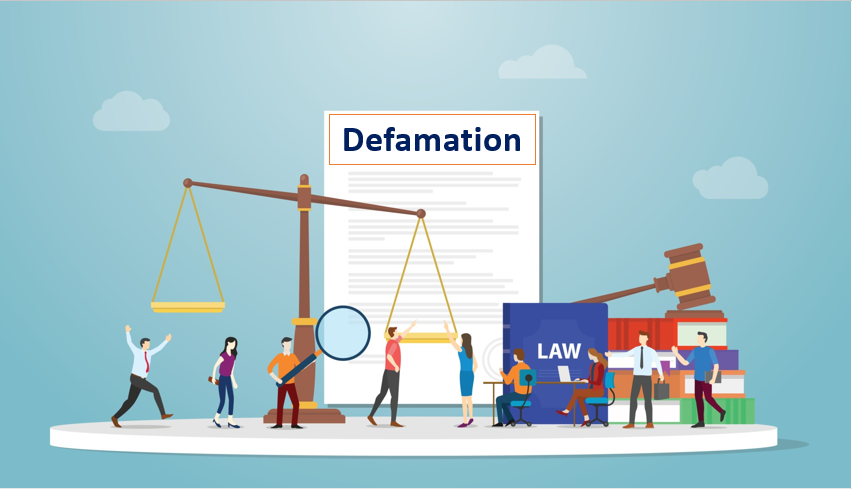Published On: 13th October, 2023
The Vienna Convention for the Protection of the Ozone Layer: Healing the Hole in the Sky
INTRODUCTION
The Earth’s ozone layer, a delicate shield of gas that protects life on our planet from harmful ultraviolet (UV) radiation, faced a dire threat during the late 20th century. The discovery of the ozone hole over Antarctica raised global concerns about the impact of human activities on the environment. In response to this crisis, the international community came together to establish the Vienna Convention for the Protection of the Ozone Layer. This landmark agreement, along with its subsequent protocols, has played a crucial role in healing the ozone layer and serves as an inspiring example of global cooperation in addressing environmental challenges.
THE OZONE LAYER: EARTH’S PROTECTIVE SHIELD
Before delving into the Vienna Convention and its subsequent protocols, it’s essential to understand the ozone layer’s significance. A region of the Earth’s stratosphere known as the ozone layer has a disproportionately high concentration of ozone (O3) molecules. By absorbing and shielding a considerable fraction of the sun’s damaging ultraviolet (UV) rays, it plays a key part in safeguarding life on Earth. Without this protective shield, the Earth’s surface would be exposed to dangerous levels of UV radiation, leading to increased rates of skin cancer, cataracts, and other health problems, as well as environmental damage.
THE DISCOVERY OF THE OZONE HOLE
In the 1970s and 1980s, scientists began to observe a significant thinning of the ozone layer, particularly over Antarctica. This thinning became known as the ozone hole. It was discovered that certain human-made chemicals, including chlorofluorocarbons (CFCs), were responsible for this depletion. CFCs were commonly used in refrigeration, air conditioning, and aerosol propellants, making them ubiquitous in modern society.
The discovery of the ozone hole led to widespread concern and calls for immediate action to address this environmental crisis. In response, the United Nations Environment Programme (UNEP) convened the Vienna Convention for the Protection of the Ozone Layer.
THE VIENNA CONVENTION: A MILESTONE IN ENVIRONMENTAL DIPLOMACY
The Vienna Convention, adopted in March 1985 and entering into force on September 22, 1988, was a pioneering international treaty aimed at safeguarding the ozone layer. This groundbreaking treaty marked the first time nations came together to address a global environmental issue comprehensively. The convention aimed to protect the ozone layer through coordinated international efforts, scientific research, and the sharing of information.
KEY PROVISIONS OF THE VIENNA CONVENTION
The Vienna Convention laid the foundation for subsequent agreements, including the Montreal Protocol. Some key provisions of the Vienna Convention include:
- *General Obligations*: The Convention called on signatory nations to take measures to protect human health and the environment against adverse effects resulting from modifications of the ozone layer.
- *Cooperation and Research*: It encouraged international cooperation in ozone research and monitoring and the exchange of scientific information.
- *Precautionary Measures*: The Convention emphasized the precautionary approach, allowing nations to take preventive measures even in the absence of scientific certainty regarding potential ozone depletion.
- *Technical Assistance*: It provided technical assistance and financial support to developing countries to facilitate their compliance with ozone protection measures.
THE MONTREAL PROTOCOL: A MILESTONE IN OZONE PROTECTION
While the Vienna Convention provided a solid framework, it was the Montreal Protocol, adopted in 1987, that became the primary vehicle for combating ozone depletion. The Montreal Protocol introduced legally binding obligations for the phase-out of ODS, such as chlorofluorocarbons (CFCs) and halons, known for their destructive impact on the ozone layer. The protocol’s success lies in its flexibility and the recognition that different countries would need different timelines to phase out ODS.
ACHIEVEMENTS OF THE MONTREAL PROTOCOL
The Montreal Protocol has been a resounding success story in the realm of international environmental agreements. Some notable achievements include:
- Phase-Out of ODS: The protocol has led to the phase-out of nearly 99% of ODS production and consumption globally. This significant reduction in ODS has contributed to healing the ozone layer.
- Scientific Validation: Scientific observations have shown a gradual recovery of the ozone layer, particularly in the areas most affected by depletion, like Antarctica.
- Climate Benefits: The protocol has inadvertently contributed to climate change mitigation as many ODS are potent greenhouse gases. By phasing them out, the protocol has helped reduce their impact on global warming.
- Technology Innovation: The phase-out of ODS prompted innovation and the development of environmentally friendly alternatives, fostering the growth of sustainable industries.
ONGOING CHALLENGES AND FUTURE PROSPECTS
The Montreal Protocol’s effectiveness in addressing ozone depletion has been one of the great success stories of international environmental diplomacy. It has led to a significant reduction in the production and consumption of ozone-depleting substances, resulting in the gradual recovery of the ozone layer.
However, the journey has not been without challenges. Some industries and nations faced economic and technological obstacles in phasing out ozone-depleting chemicals. Balancing environmental protection with economic considerations has been an ongoing challenge. Additionally, the discovery of new ozone-depleting substances and the need to address them has required the protocol to adapt and evolve.
While the Vienna Convention and the Montreal Protocol have made remarkable progress in addressing ozone depletion, challenges remain:
- Continued Monitoring: Ongoing monitoring is essential to ensure the ozone layer’s full recovery and to detect any unexpected threats.
- Illegal Trade: Despite the protocol’s success, illegal trade in ODS still exists, undermining efforts to protect the ozone layer.
- Alternatives: Finding suitable alternatives to ODS in various industrial processes continues to be a challenge.
- Climate Change Linkage: The interaction between ozone depletion and climate change remains a complex issue that requires further research and action.
THE KIGALI AMENDMENT: TACKLING HFCS
In 2016, the Kigali Amendment to the Montreal Protocol marked another significant milestone. This amendment aimed to address hydrofluorocarbons (HFCs), which were used as replacements for CFCs but were found to be potent greenhouse gases with a significant contribution to climate change. The Kigali Amendment outlines a phasedown schedule for HFCs, providing a dual benefit of protecting the ozone layer and mitigating climate change.
LESSONS LEARNED AND GLOBAL COOPERATION
The Vienna Convention, the Montreal Protocol, and its subsequent amendments have demonstrated that global environmental challenges can be effectively addressed through international cooperation. These agreements showcase the importance of diplomacy, scientific collaboration, and a shared commitment to protecting the planet for future generations.
As we reflect on the Vienna Convention’s legacy, it is clear that the “hole in the sky” is gradually healing. The ozone layer is recovering, and the dangers of increased UV radiation are being averted. Moreover, the lessons learned from this remarkable success story can inspire renewed efforts to address other pressing environmental challenges, such as climate change and biodiversity loss.
The Vienna Convention and the Montreal Protocol serve as a shining example of what can be achieved when nations come together to address a global environmental crisis. Some key lessons learned from this journey include:
- International Cooperation: Global environmental problems require international cooperation and agreements that transcend political boundaries.
- Flexibility: The success of the Montreal Protocol lies in its flexibility, allowing nations to adapt their phase-out schedules based on their unique circumstances.
- Scientific Collaboration: The integration of scientific research and policymaking is essential for addressing complex environmental challenges.
- Economic Incentives: Economic incentives, such as subsidies for cleaner technologies, play a vital role in facilitating the transition away from harmful substances.
CONCLUSION
The Vienna Convention for the Protection of the Ozone Layer, along with the Montreal Protocol, has played a pivotal role in healing the hole in the sky. These international agreements demonstrate the power of collective action, scientific research, and political will in addressing global environmental crises. While challenges remain, the success of the ozone layer protection efforts serves as an inspiring example of how the world can come together to safeguard our planet for future generations. It is a testament to what humanity can achieve when faced with a common threat and a shared commitment to environmental stewardship.


